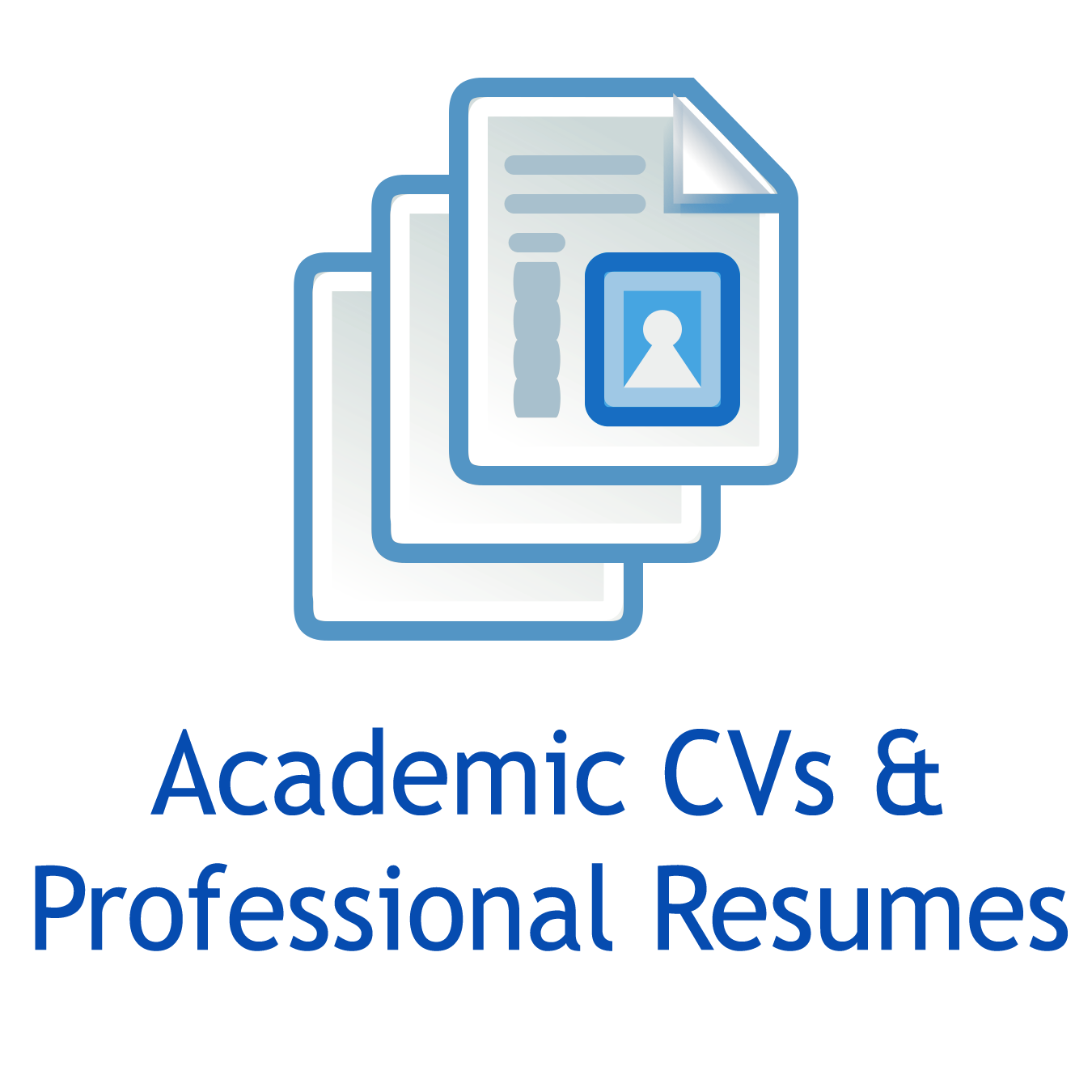Graduate School Resources
- Applying to Graduate Programs
- Academic CV and Professional Resume Writing
- UCSD Psychology Success Stories

A staple of the process of applying for jobs, scholarships, and fellowships is the curriculum vitae (CV) and/or professional resumé. Both are similar, but there are key differences: CVs are written for academic positions and applications and are typically not limited in overall length; resumés are written for non-academic positions and typically are no more than 1-2 pages. Here we provide resources on the process of creating an academic CV or professional resumé.
Academic CVs feature your academic record (for instance, education, degrees earned) and achievements (such as research papers, presentations, and awards). They typically can be as long as necessary to capture the entirety of your record (although some applications, such as for scholarships, may request an “abbreviated CV”). They may be read by graduate admissions committees, scholarship judges, in the context of hiring for research lab positions, and more.
Typical Sections
Common headings of academic CVs include (Note: this is only a partial list; the sections you may wish to include may vary depending on your background and intended audience):
Guides to Creating CVs
For more information on creating CVs, please consider visiting the following links. Note: in some cases, these guides refer to non-academic CVs which place greater emphasis on work experience.
Professional resumés typically describe an individual’s skills, experience, and qualifications for a non-academic position. Because hiring managers typically receive hundreds of applications (or more) for any given position, each resumé may be initially examined for a few seconds only. It is therefore crucial that the resumé be very concise (1 or 2 pages typically) and very clear.
Typical Sections on a Resumé
Common headings of professional resumé include (Note: this is only a partial list; the sections you may wish to include may vary depending on your background and the desired position):1
Guides to Creating Resumes
For more information on creating resumés, please consider visiting the following links.
Example CVs and Resumes
Further Resources
UCSD